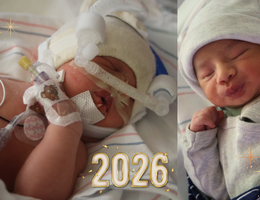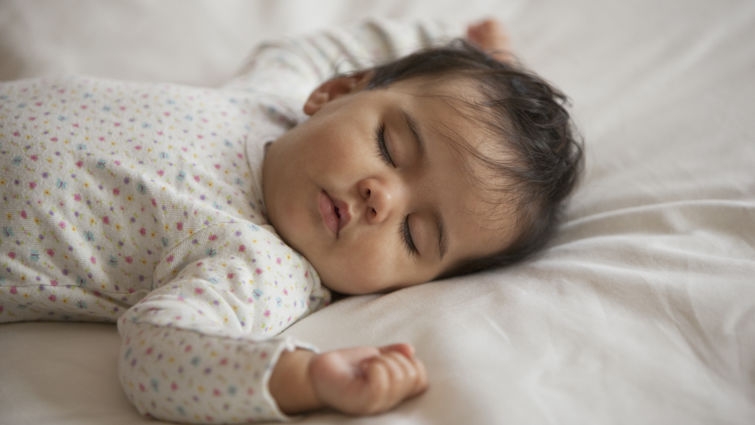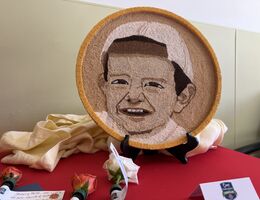

It's a parent's worst nightmare: putting a baby to sleep and they do not wake up. Every year in the United States, approximately 3,500 infant deaths are linked to sleep-related issues. These include cases of sudden infant death syndrome (SIDS), accidental suffocation, and deaths with unknown causes, according to the Centers for Disease Control and Prevention (CDC).
Michelle Parker, Safe Kids Coordinator Inland Empire at Loma Linda University Children's Hospital, dives into the dos and don'ts of ensuring a safe sleep environment for babies.
Sleep location
The number one rule for a safe sleep environment is a firm mattress and a fitted sheet. The emphasis is on creating a clutter-free space within the crib or bassinet. Parker strongly advises against having blankets, toys, pillows, stuffed animals, or bumper pads in the sleep space. These seemingly innocent items can pose serious risks to a baby's safety during sleep. Chosen sleep spaces should follow the United States' safety standards. Official sources like the Consumer Product Safety Commission (CPSC) website offer guidelines for crib slat spacing, corner design, and more.
Sleep positioning
Parker stressed the importance of placing babies on their backs to sleep. This advice is encapsulated in the "ABCs of Safe Sleep": Alone, Back, and in a Crib. Contrary to previous beliefs, research has shown that placing babies on their backs reduces the risk of breathing issues and provides an improved open airway position. In contrast, babies placed on their stomachs face a higher risk of suffocation with aspiration issues, until they are able to roll onto their tummy on their own according to Parker.
Balancing warmth and overheating
Finding the right balance between keeping babies warm and avoiding overheating is a common concern. Parker advises using sleeper sacks in cooler weather, which come in varying thicknesses to match the ambient temperature. Overheating has been correlated with an increased risk of Sudden Unexpected Infant Death (SUID), prompting caregivers to be mindful of proper temperature regulation.
Navigating co-sleeping and safe alternatives
While co-sleeping is not recommended due to potential hazards and even death, Parker acknowledges its prevalence, often driven by cultural or logistical factors.
Caregivers should remove blankets, soft mattresses, and other suffocation hazards and avoid falling asleep with babies on sofas because they can become trapped between a parent and the cushions.
She highlighted the quiet and subtle nature of suffocation incidents and stressed the importance of raising awareness.
“There's no signs of the baby alerting the parents or caregiver. They’re not crying out in distress. It’s very quiet.”
Growth-related changes in the sleep environment
As infants grow, their sleep environment remains largely unchanged—except for adjusting the crib mattress height as they begin to pull up and stand. The core principles of sleep safety, such as a clutter-free crib and proper sleep positioning, remain consistent.
Additional resources for parents
Parker recommends sources like KidsHealth, the National Institute of Health, and the U.S. Consumer Product Safety Commission website (cpsc.gov) as reliable references for information on sleep safety. These platforms offer comprehensive guidelines for creating safe sleep environments and provide essential information to aid parents in making informed decisions.
To learn more about baby sleep safety, talk to a pediatrician.


